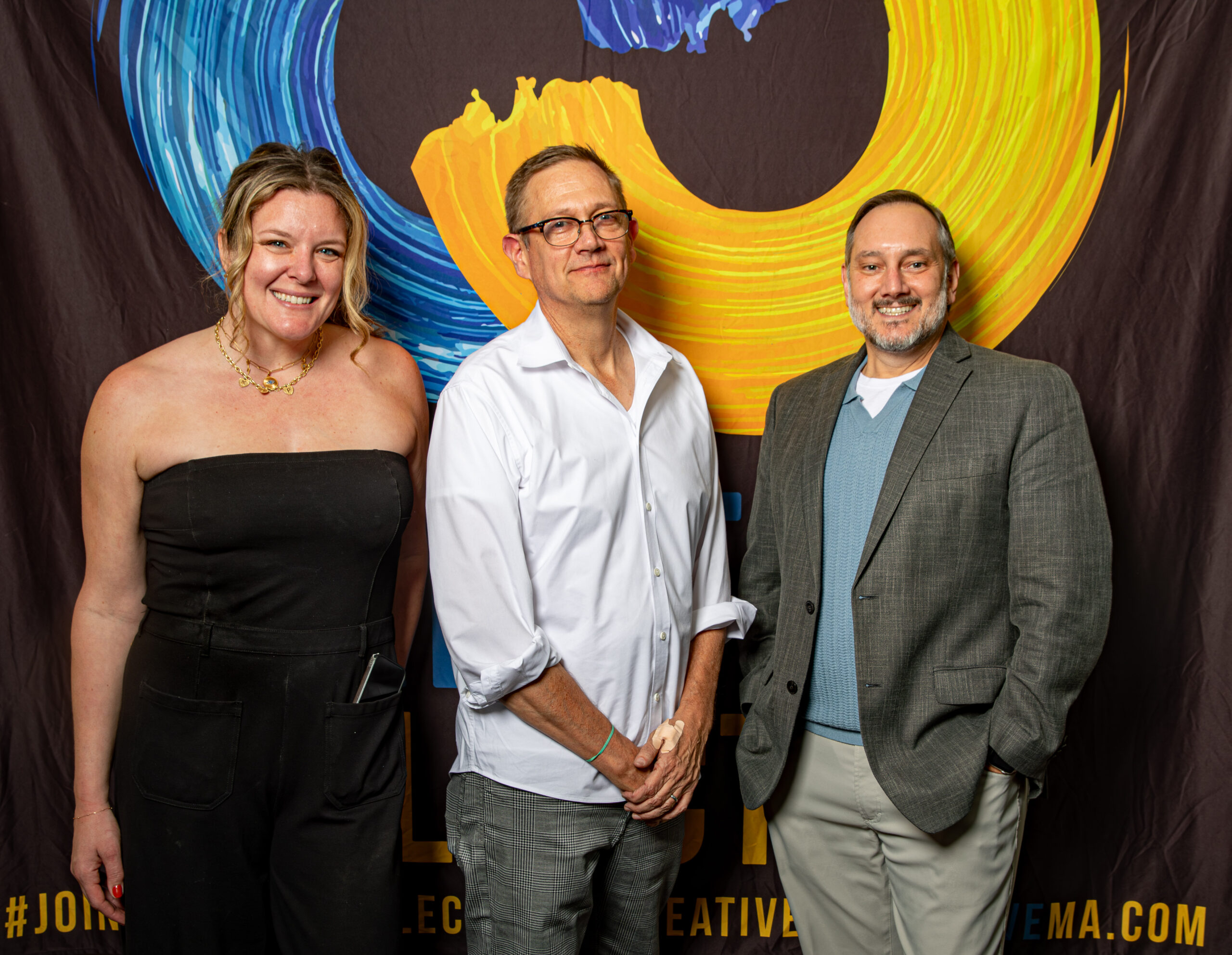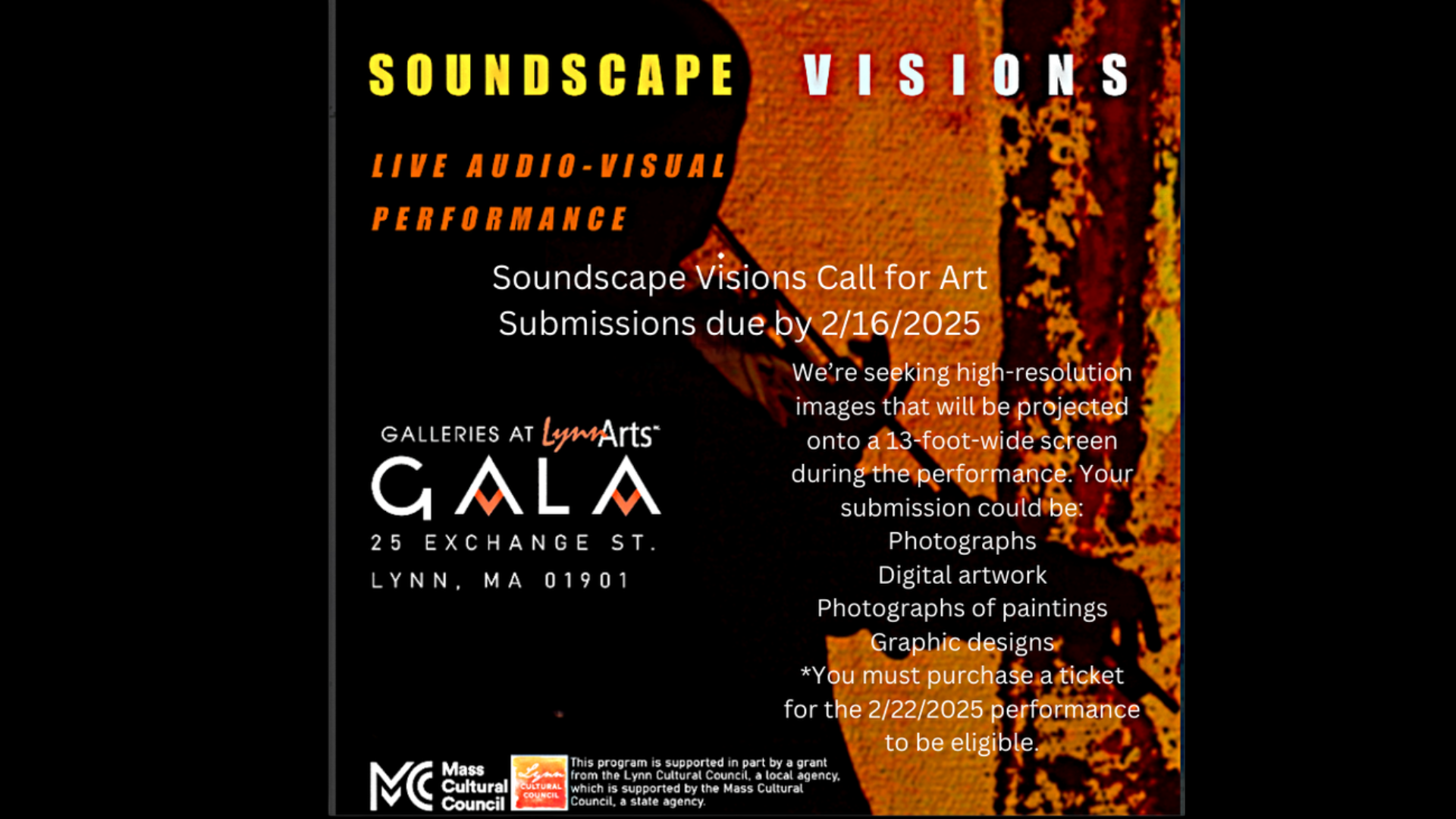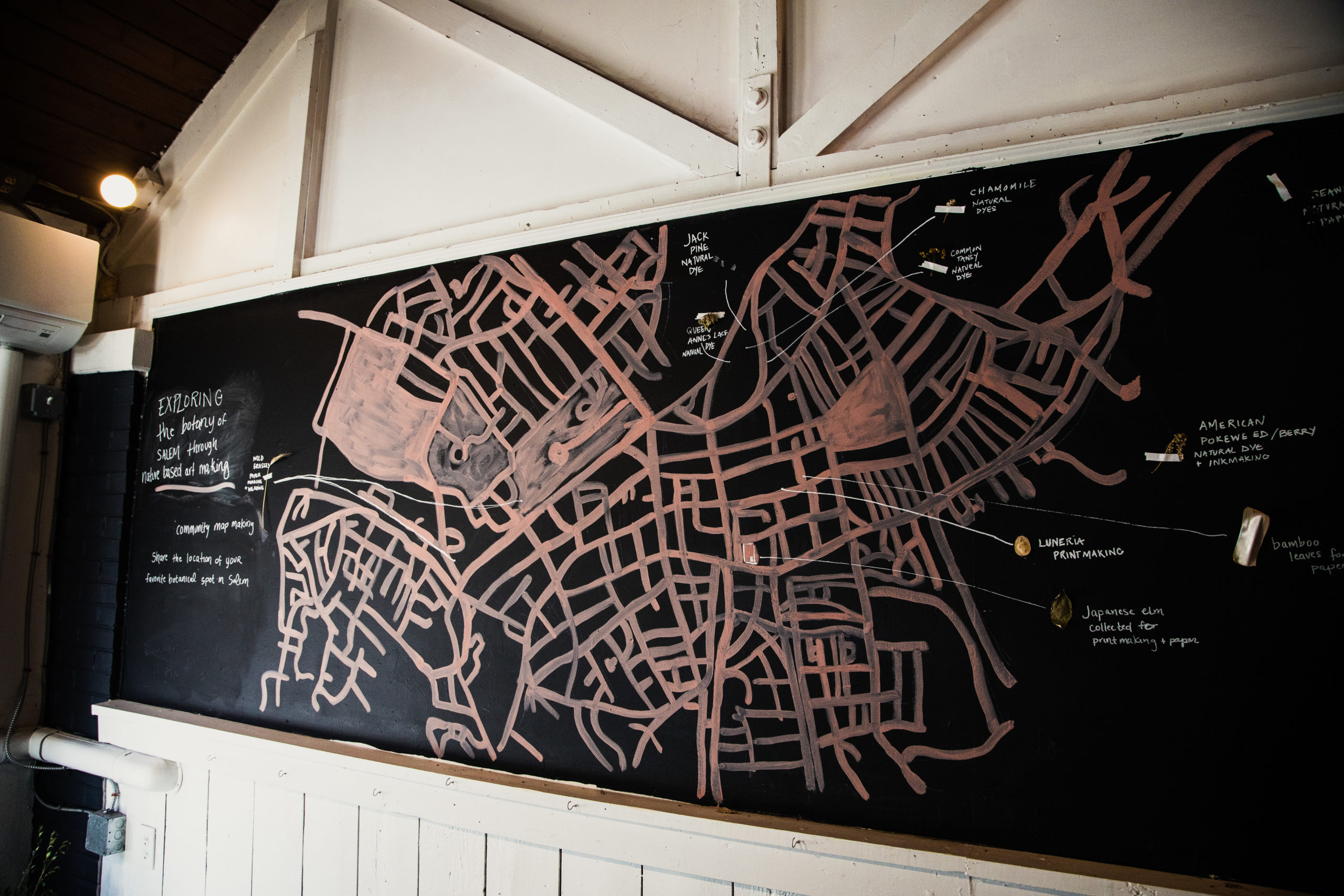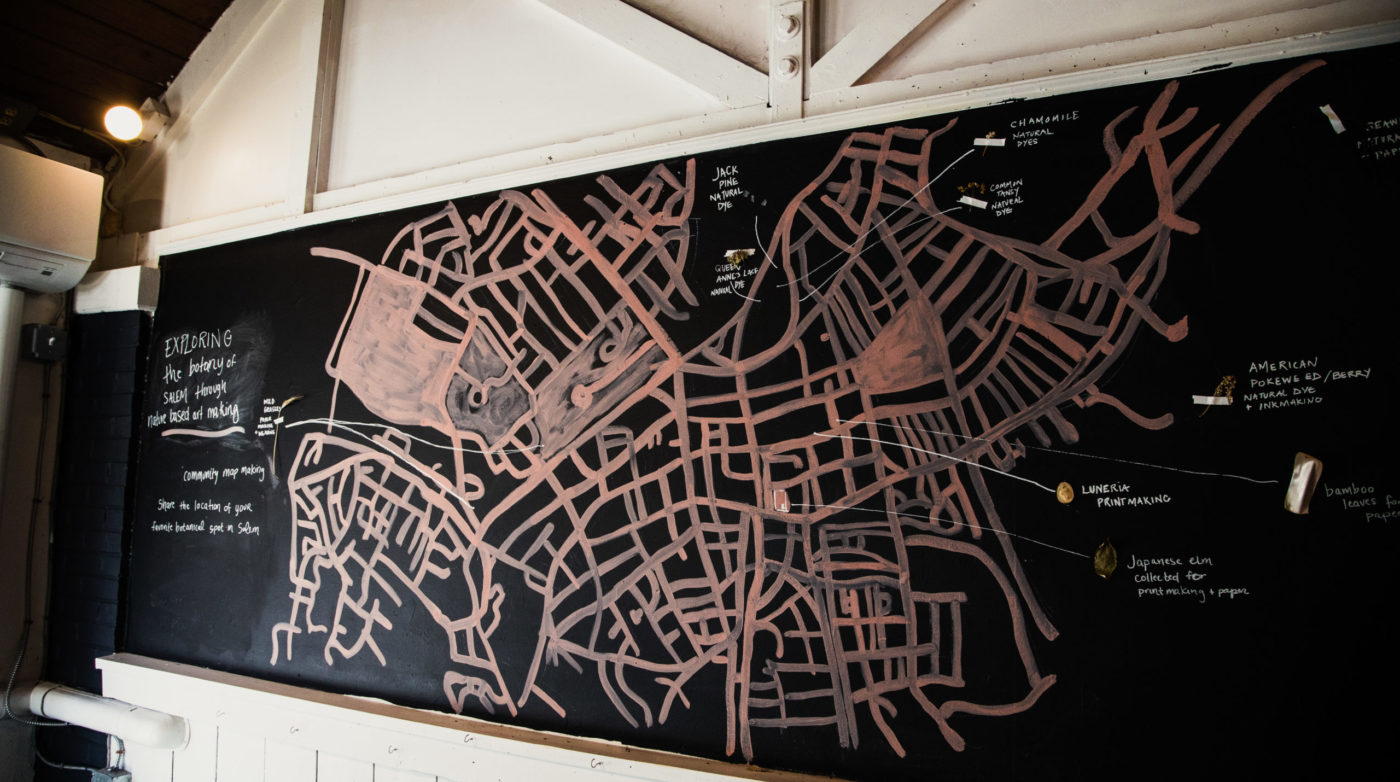
Images and Story by Joey Phoenix
This fall, Salem Artist-in-Residence Maia Mattson of Stixsense partnered with sound engineer Casey Keenan of Gravity Wave Studios for a unique project highlighting and documenting Salem’s diverse green spaces.
Their new exhibition at Old Town Hall, FIELD NOTES, will pair audio interviews the duo recorded with local individuals impacted by these parks alongside an art installation featuring natural elements from these spaces.
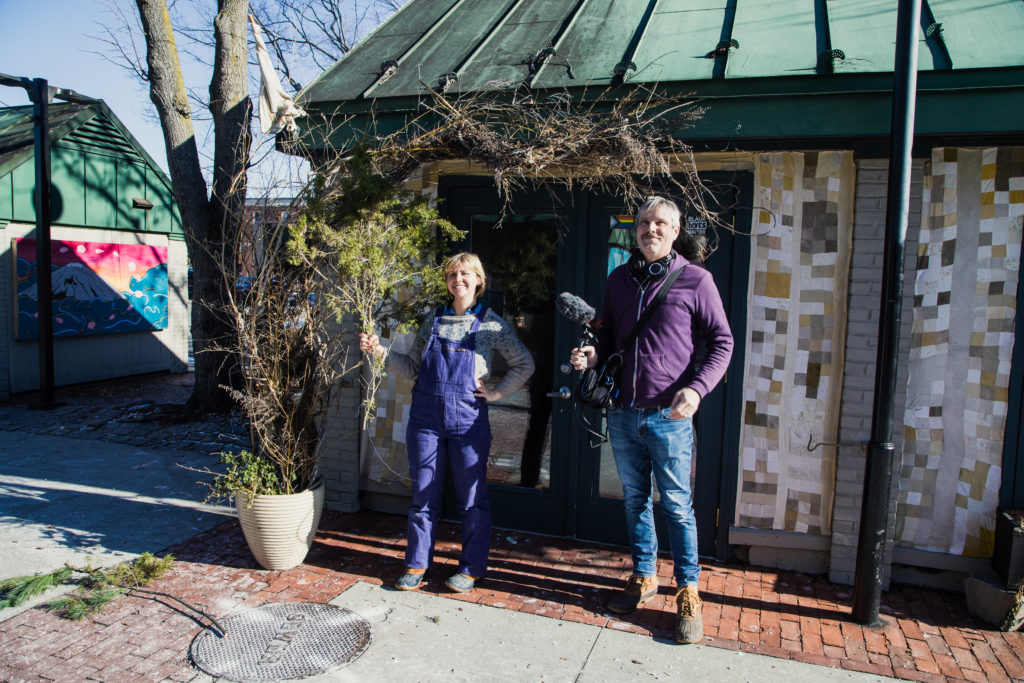
The exhibition will open on January 6th and be on view through the 17th. The gallery will showcase this collaboratively created map of Salem’s natural environment captured through soundscapes, botanical installation, and story.
There will also be a pop up opportunity in Old Town Hall during the exhibition for people to contribute their personal stories to the project.
Why Highlight Salem’s Parks?
City parks and natural areas bring nature to the people, and their role in community and public health is worthy of recognition and protection.
Green spaces exist to break up the visual monotony of concrete and industry, of parking lots and businesses, grocery stores and banks. We can use them to walk our dogs, go for runs, play sports, meet up with friends for picnics, take a break from screens, or to have a moment of solace.
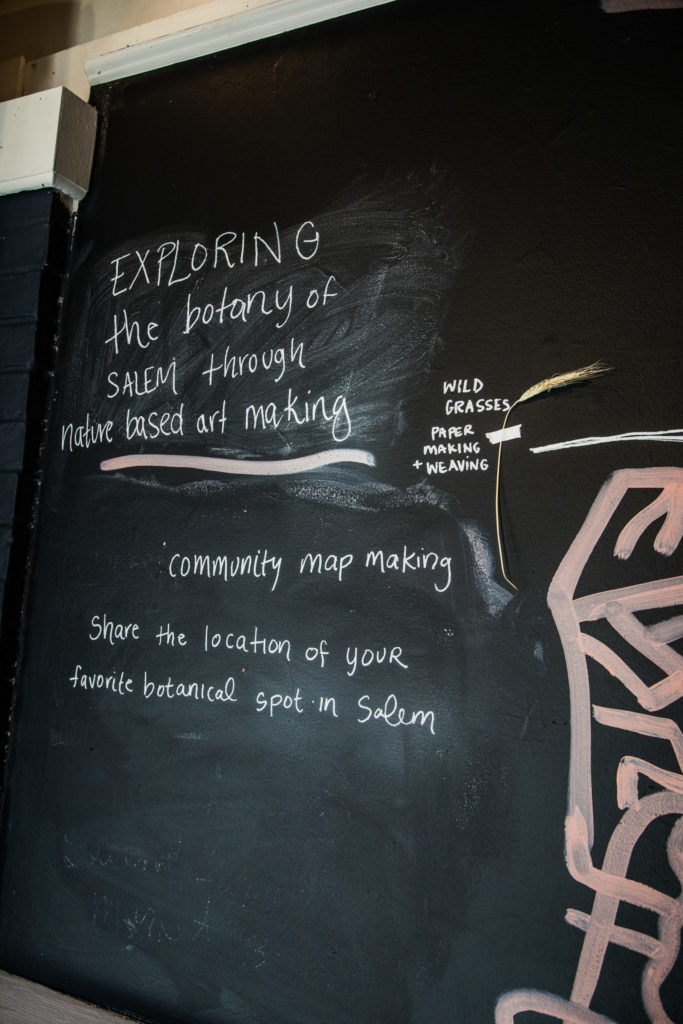
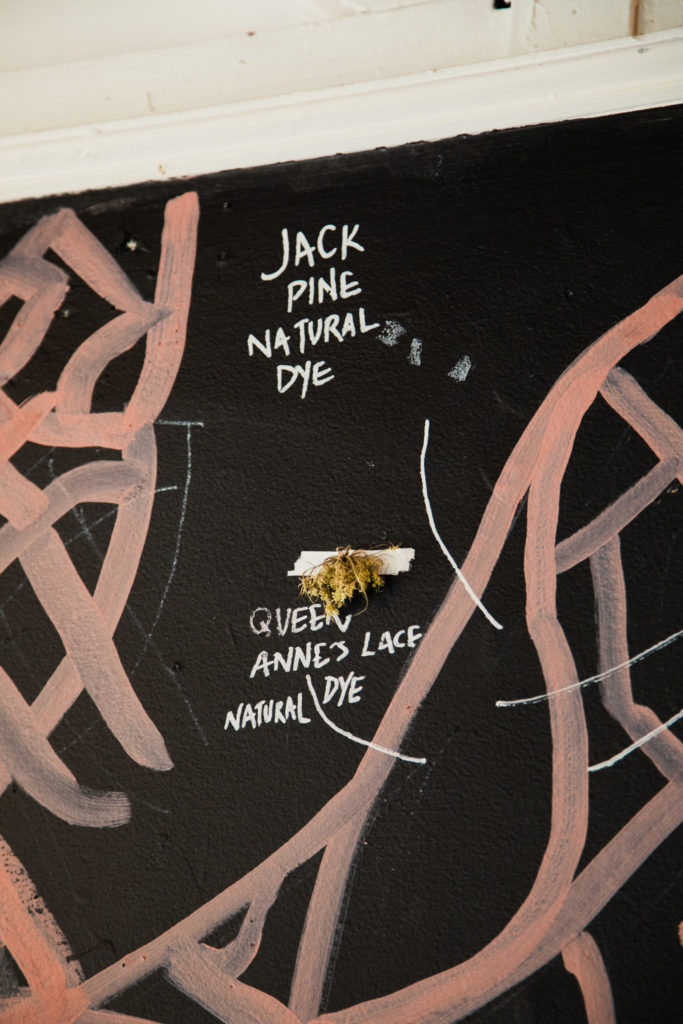
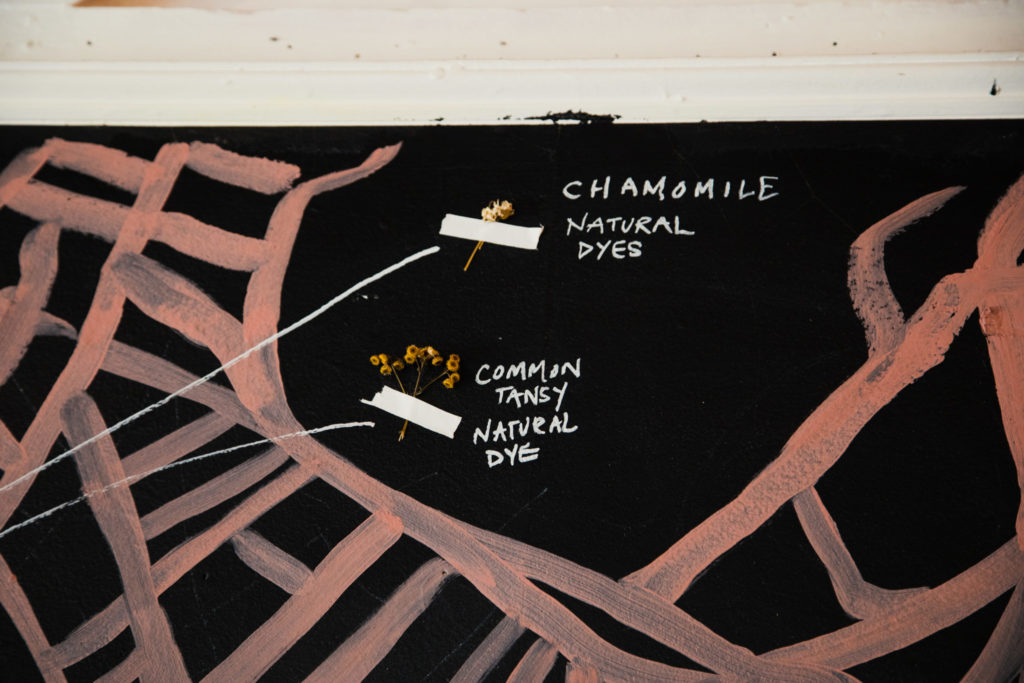

Humans have never been separate from nature, and our need for it is easily defined. A recent study conducted by NC State associate professors Lincoln Larson and Aaron Hipp, green spaces such as parks and protected natural areas create accessible environments that support active lifestyles and physical health as well as improving cognitive functioning and general well being.
Part of a healthy city ecosystem is the right to take parks for granted, to know they are there in case we need them. Like having food on the table, warm clothes to wear in winter, and a sense of belonging in our communities, having access to public parks and natural areas is a necessary component of being a healthy human. And not everyone has access.
Interdisciplinary artist and Salem Public Artist in Residence Maia Mattson and sound engineer Casey Keenan have created this multimedia exhibition in FIELD NOTES to recognize and honor the impact of Salem’s parks on its residents and visitors. Together they have created a “community map” of Salem’s local ecology where the locations and features are defined by the residents and locals of the city.
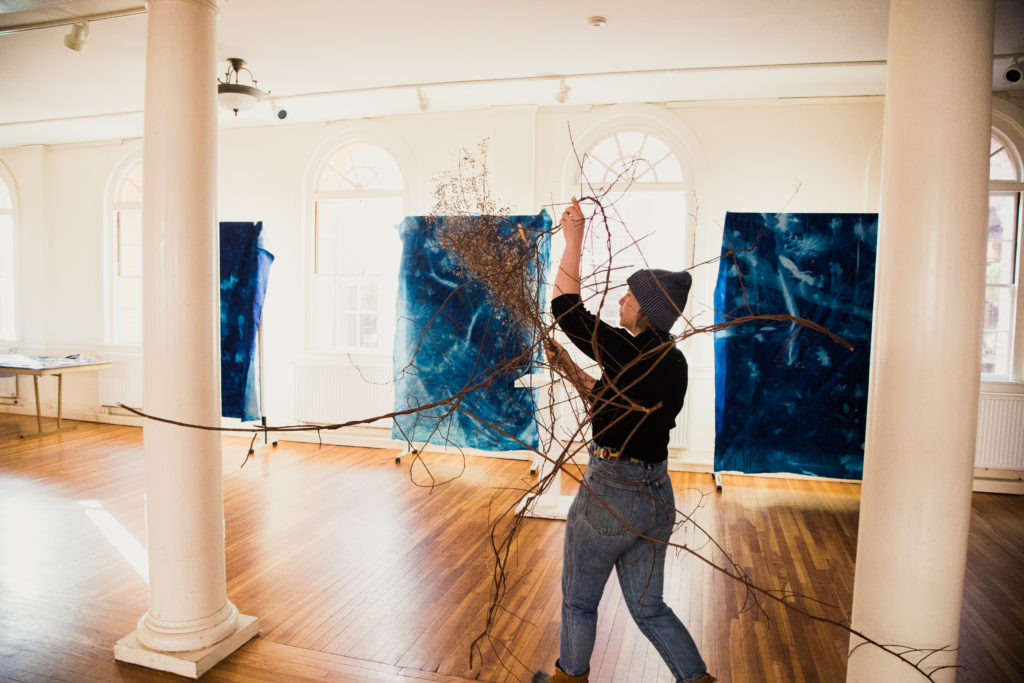
While not a physical map, the exhibition will serve as a touchstone, an audiovisual glimpse into a larger experience. It will serve as documentation for the role these parks have already played, and also an invitation for people to do some exploring of their own.
“I really wanted to gather a sense of context around these places,” said Maia, “to tell the story through these interviews and botanical installations about places many of us often overlook.”
As Maia and Casey have collected these stories, they have also been visiting the sites to create large-scale collaborative cyanotypes using plant material local to the area which will be on view during the exhibition.
Stone Soup Storytelling with FIELD NOTES
Maia’s model for the project can be described as a form of stone soup storytelling. She created the container with the question: “What do Salem parks mean to you?” and invited people to come and fill that container with their stories. The parks have been there for some time as part of the landscape, but now is their time to be featured and celebrated.
As I was working on this story about the project, Maia and Casey invited me to join in on the storytelling.
I met Maia and Casey on a frozen morning in Mack Park in late November to talk about how this particular Salem park meant a lot to me. I lived in North Salem from 2013-2018 and spent many evenings and afternoons wandering through the trails around the park’s perimeter poking at ivy and plotting photo shoots.
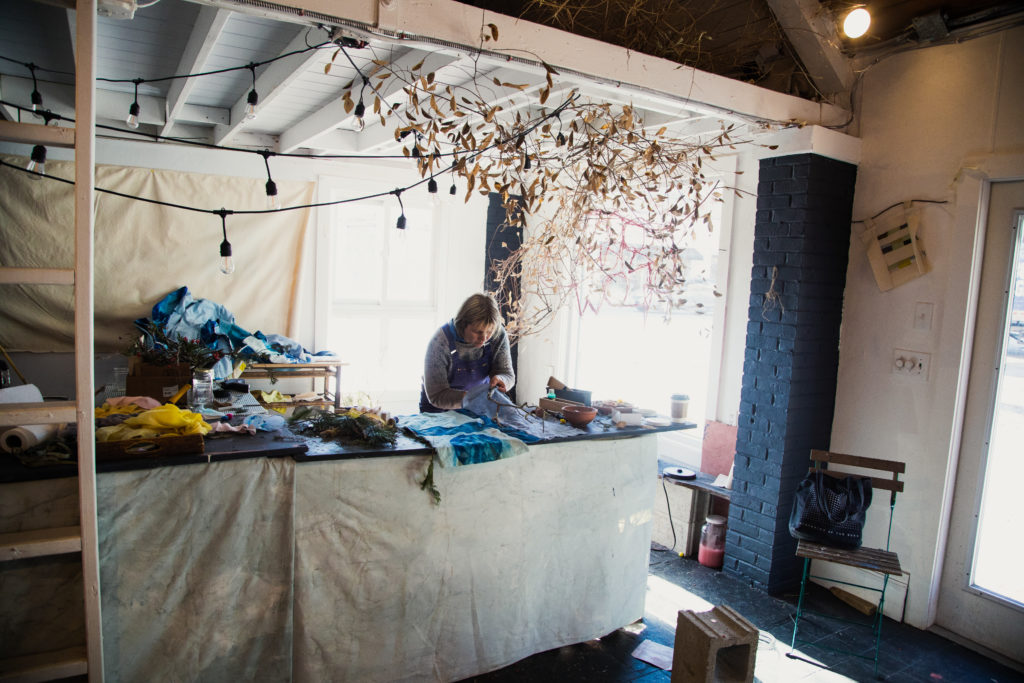
Maia and Casey both asked me questions about how much time I spent there, what my purposes for coming there was, what features stood out to me, and why having this park was an important part of my experiences in Salem.
I also had the opportunity to follow them around on their interview with Stacy Kilb, a member of Salem’s Sustainability, Energy and Resiliency Committee (SERC). Stacy was part of the team who created sustainability signage for the new art installation and community pool at Forest River Park.
“Our goals with these signs were to honor the place, honor what was there before, and then stewardship and how to care for it,” Stacy explained. “As humans we’ve altered our environment so much, especially with climate change which is a human caused problem, we are addressing how to adapt to it in small parts and deal with it through resiliency and sustainability in our cities.”
Although we were talking about Forest River Park, Stacy chose Harmony Grove Cemetery as her Salem natural area of note. The interview happened while we climbed stairs and talked about Larch trees and the solitude of final resting places.
“I initially started coming [to Harmony Grove] as a place to go for runs. There’s grass and lots of stairs and elevation changes which makes it really interesting,” Stacy said. “But then I started coming for walks too. This place has a lot of history and things to explore.”
Creating a Community Map of Salem’s Natural Areas
When asked about how the project has evolved since its inception, Maia admitted that it has been an ever changing process.
“I had a goal in terms of an installation and a community mapmaking project, but I have held it pretty loosely. It has felt like each person I collaborated with or interviewed along the way has been shaping it along with me,” she explained. “Within that collaborative space there has been room for authenticity in the project that wouldn’t have necessarily existed otherwise.”
Public art requires a certain degree of humility as public artists working to create storytelling pieces such as these in their communities may not always have the information they need going in. During the creative process, they often need to keep an open framework for the project and an open mind as more research is conducted.
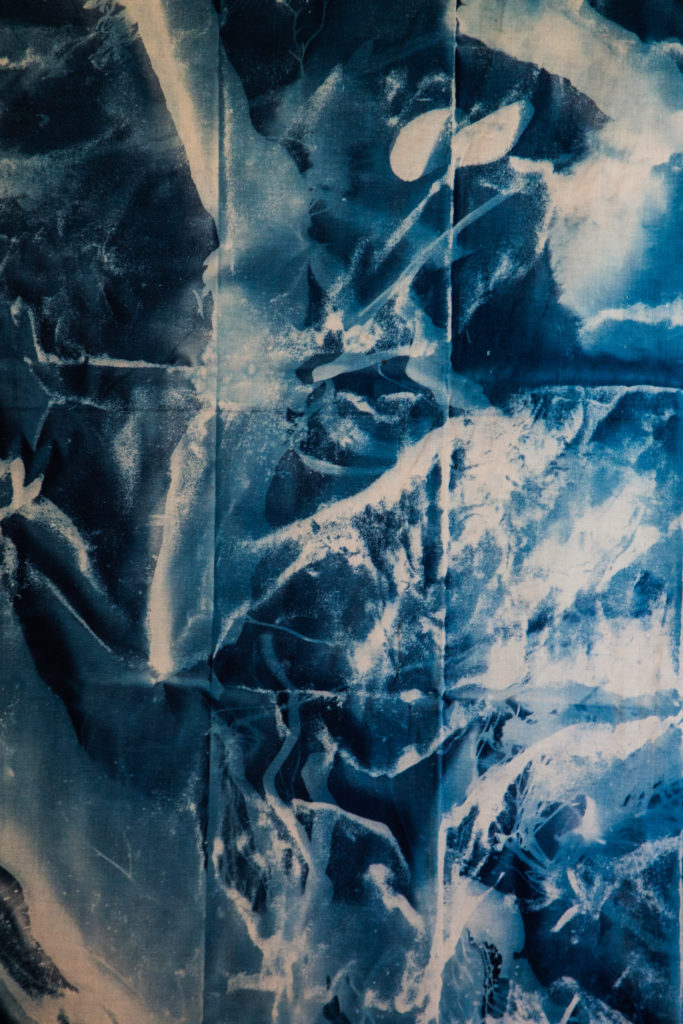

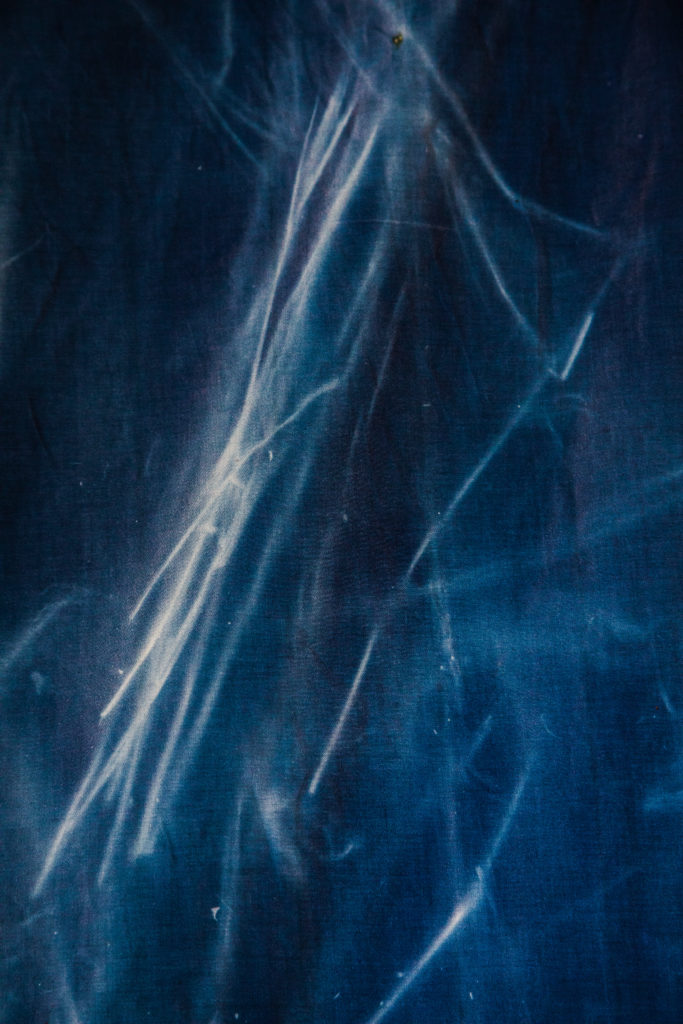
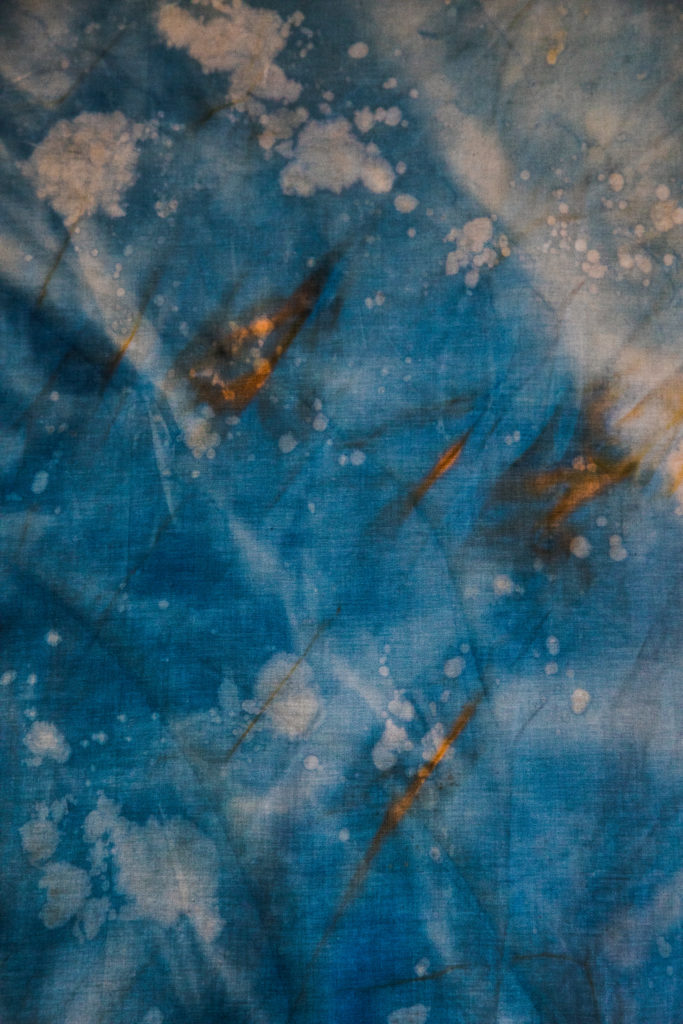
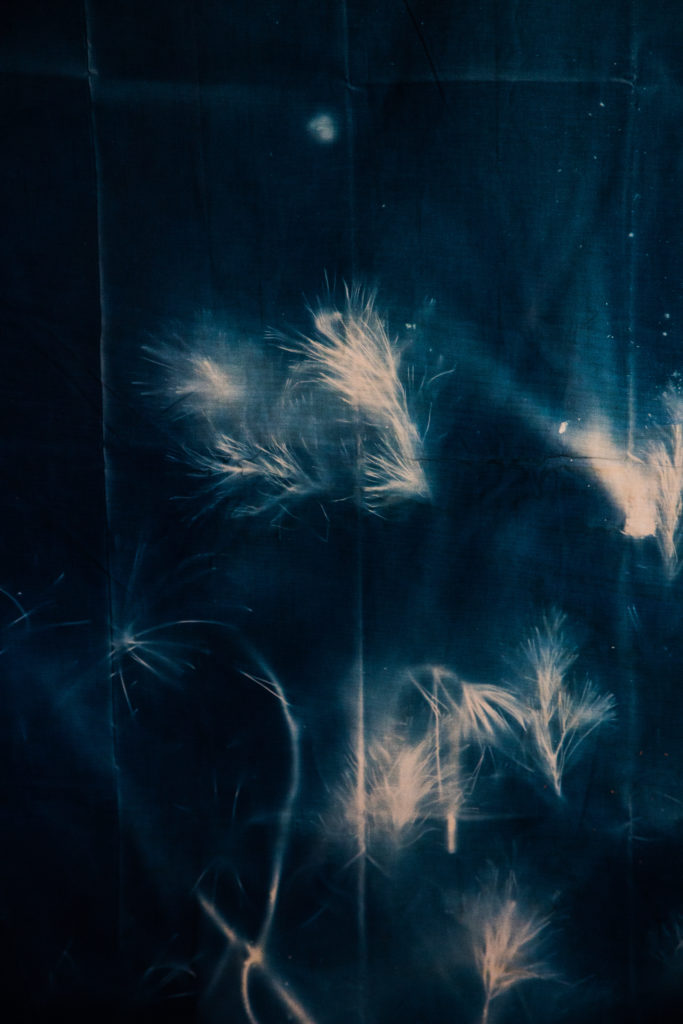
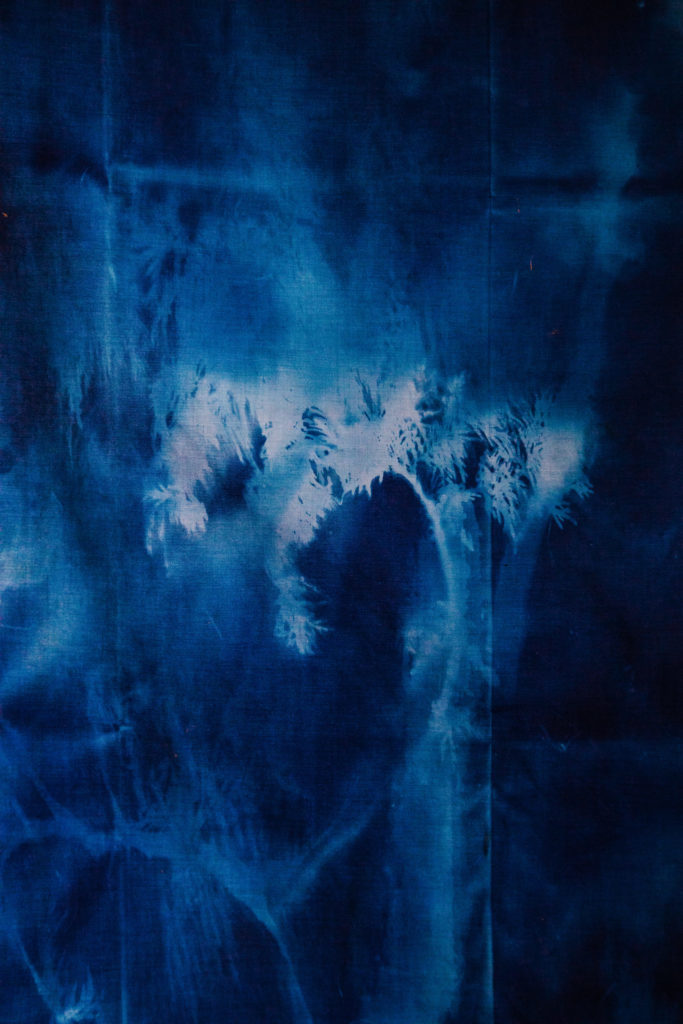
“As a white, English-speaking person, I know that there are things that I will have gravely missed,” Maia said. “That’s why this exhibit is designed around continued community engagement. There’s a limit to my knowledge and experience of this place.”
In this exhibition, Mattson and Keenan aim to lean into these limitations. Instead of offering a representative presentation about Salem’s green spaces, the exhibit is designed as an invitation. They’re asking community members to add their valuable insight, cultural knowledge, and unique relationships to the land. Mattson hopes “that the people will help to tell the story of place as they experience it, in their own words.”
What she and Casey have done with FIELD NOTES is to create a brief snapshot of the importance of Salem’s parks, acknowledging that so much has yet to be told.
“This is in no way comprehensive,” she explained. “Which is why we’re calling it FIELD NOTES. We’re making observations and telling stories about a slice of a larger picture. It’s largely evolving and this is only a sample of what is out there to be discovered.”
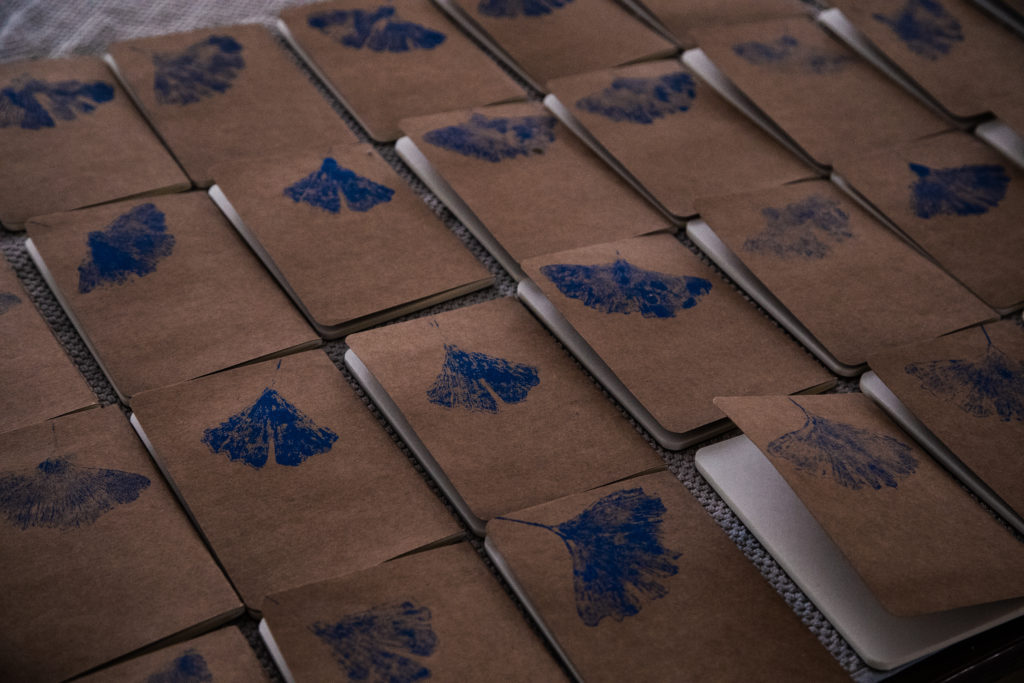
FIELD NOTES will open on January 6th at an opening reception and be on view until the 17th at Salem’s Old Town Hall. You can learn more about the project on Maia’s website at www.maia-mattson.com.
Joey Phoenix (they/them) is an interdisciplinary artist, photographer, and storyteller who lives in Somerville but plays in Salem. Send them story ideas or say hello at joey@jphoenixmedia.com
What is Creative Collective?
Creative Collective is a group of economic development strategists, small business supporters, activation specialists, and believers in the importance of the creative workforce. We foster growth, sustainability, and scalability for small businesses, creative thinkers, organizations, entrepreneurs, and innovators. Learn more and join Creative Collective at www.creativecollectivema.com/join

